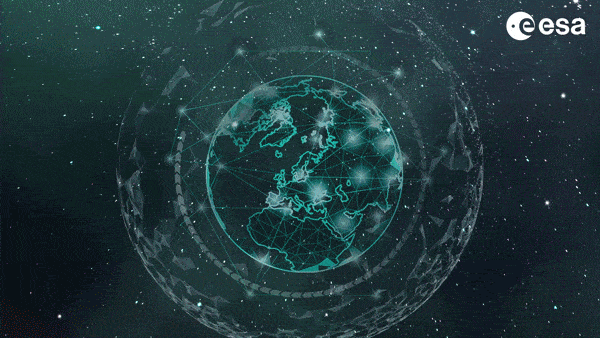The objective of the call is to provide a framework to rapidly respond to new innovative ideas. It is intended to support innovative developments which respond to opportunities linked to the exploitation of ESA, Third Party and other European (including national and private sector) Earth Observation data, and related capabilities and infrastructures.
The scope of the call covers elements of Earth Observation Science for Society (Block 4) component of the FutureEO-1 Segment 2 Programme.
The particular focus for innovative activities under each element is as follows:
Each proposal shall be situated under one (1) of the following two categories:
- Regular innovative activities, with a maximum budget of 200 kEur and a maximum duration of 18 months.
- Fast innovative activities, with a maximum budget of 100 kEur and a maximum duration of 6 months.
Please note that proposals may be submitted at any time while they will be evaluated on a regular basis at specific submission dates.
Upcoming dates are:
| Batch | Submission deadline |
| Batch 1 | 31 October 2023, 13:00 hours (Amsterdam time zone) |
| Batch 2 | 30 January 2024, 13:00 hours (Amsterdam time zone) |
| Batch 3 | 30 May 2024, 13:00 hours (Amsterdam time zone) |
| Batch 4 | 30 September 2024, 13:00 hours (Amsterdam time zone) |
| Batch 5 | 30 January 2025, 13:00 hours (Amsterdam time zone) |
Find out more about the Open Call activities in the dedicated page (e.g. project summaries, news, stories, events and training material).

